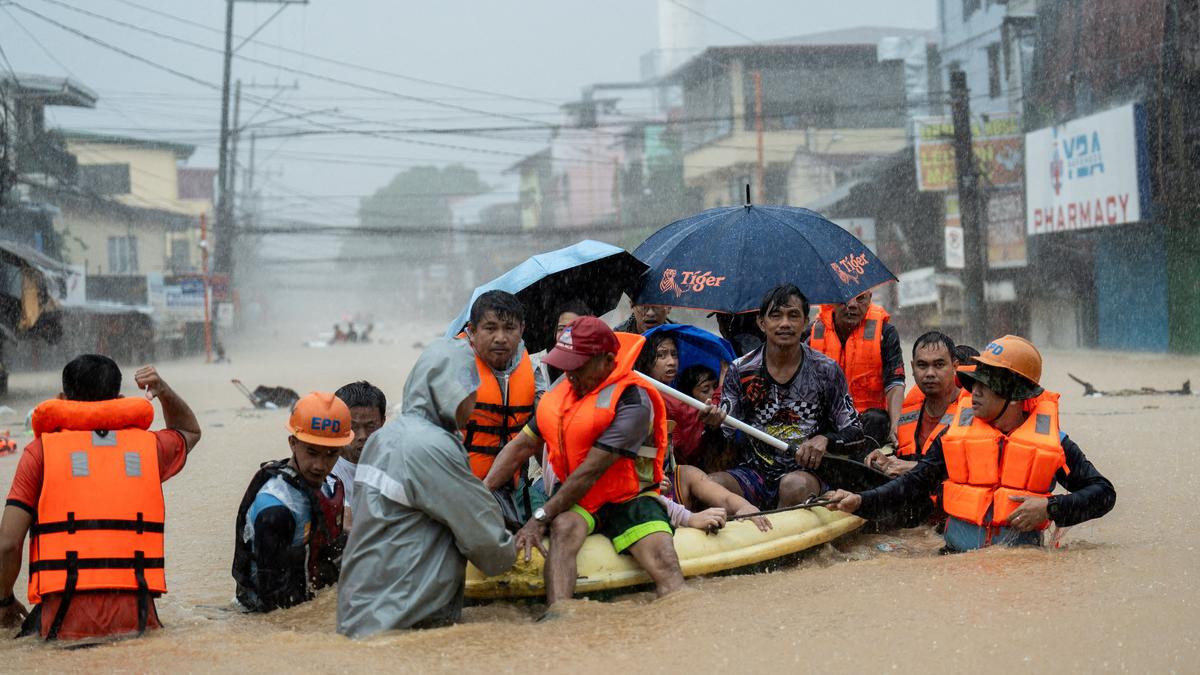
Is climate change making tropical storms more frequent? Scientists say it’s unclear
The Hindu
An unusual cluster of typhoons in the West Pacific and a series of powerful hurricanes in the Atlantic are raising questions about the impact that climate change is having on tropical storms across the globe.
An unusual cluster of typhoons in the West Pacific and a series of powerful hurricanes in the Atlantic are raising questions about the impact that climate change is having on tropical storms across the globe.
As nations thrashed out the details of a new climate financing package at COP29 talks in Azerbaijan, the Philippines was hit by its sixth deadly typhoon in a month while the United States was recovering from two devastating hurricanes.
Scientists say it remains unclear how much climate change is reshaping the storm season, or if it is responsible for the rare appearance of four tropical cyclones at the same time in the West Pacific — the first time this has happened in November since 1961.
Higher sea surface temperatures speed up evaporation and provide additional “fuel” for tropical cyclones, boosting rainfall and wind speeds, they say.
And the latest assessment by the Intergovernmental Panel on Climate Change (IPCC), published in 2023, expressed “high confidence” global warming would make storms more intense.
The Philippines’ latest supertyphoon Man-Yi landed on Saturday, forcing the evacuation of hundreds of thousands of residents. At least eight people died on Monday, adding to a death toll of more than 160 since October.
“It is rare to see a cluster of four tropical cyclones in the western north Pacific at the same time,” said Feng Xiangbo, a tropical storm researcher at Britain’s University of Reading.











